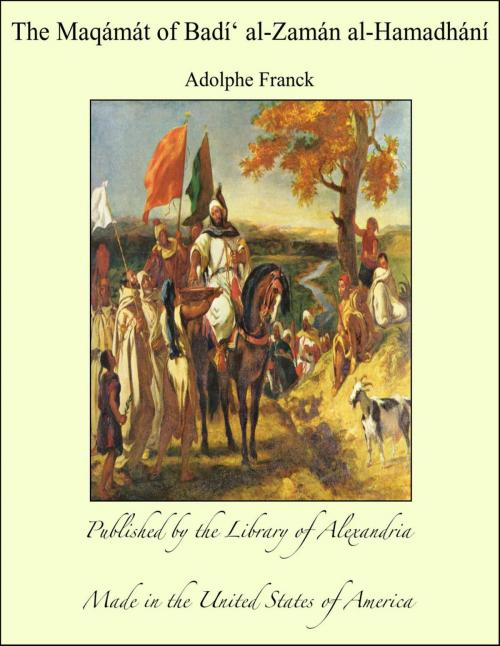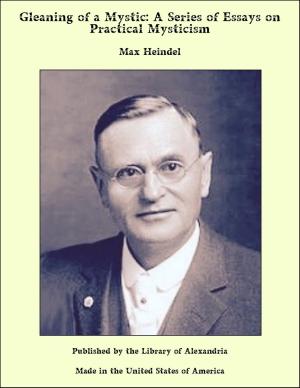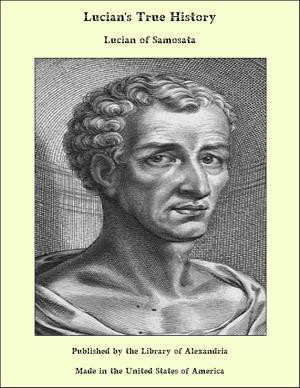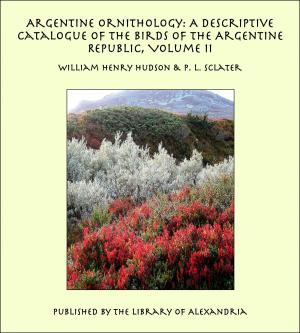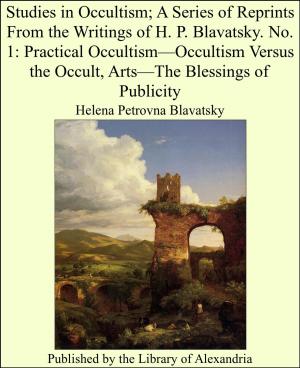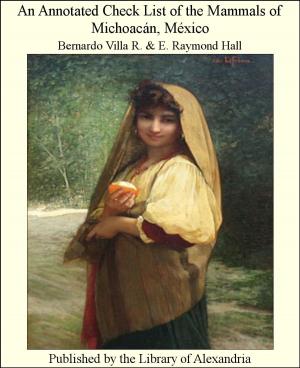The Maqámát of Badí‘ al-Zamán al-Hamadhání
Nonfiction, Religion & Spirituality, New Age, History, Fiction & Literature| Author: | Adolphe Franck | ISBN: | 9781465577658 |
| Publisher: | Library of Alexandria | Publication: | March 8, 2015 |
| Imprint: | Language: | English |
| Author: | Adolphe Franck |
| ISBN: | 9781465577658 |
| Publisher: | Library of Alexandria |
| Publication: | March 8, 2015 |
| Imprint: | |
| Language: | English |
THIS Translation of the Maqámát of Badí ‘al-Zamán al-Hamadhání from the original Arabic with an Introduction and Notes was prepared as my thesis for the Research Degree of Bachelor of Letters, Oxford University, during the years 1913-14, and I now publish it as it was then written. The original being largely in rhymed prose to which sense is sometimes subordinated to sound, there will necessarily be much in the rendering that will appear insipid and uninteresting to the English reader unacquainted with Arabic; but, as the Maqámát gave the first impulse to a species of composition which has for centuries been regarded as an important branch of belles lettres, it is hoped that this first translation of the work into English will be favourably received by Arabic scholars and that students will find it an aid to the understanding of this famous classic. In the Notes I refer to the following by the names of their respective authors:-- Ibn Khallikan's Biographical Dictionary (London, 1841).
THIS Translation of the Maqámát of Badí ‘al-Zamán al-Hamadhání from the original Arabic with an Introduction and Notes was prepared as my thesis for the Research Degree of Bachelor of Letters, Oxford University, during the years 1913-14, and I now publish it as it was then written. The original being largely in rhymed prose to which sense is sometimes subordinated to sound, there will necessarily be much in the rendering that will appear insipid and uninteresting to the English reader unacquainted with Arabic; but, as the Maqámát gave the first impulse to a species of composition which has for centuries been regarded as an important branch of belles lettres, it is hoped that this first translation of the work into English will be favourably received by Arabic scholars and that students will find it an aid to the understanding of this famous classic. In the Notes I refer to the following by the names of their respective authors:-- Ibn Khallikan's Biographical Dictionary (London, 1841).
